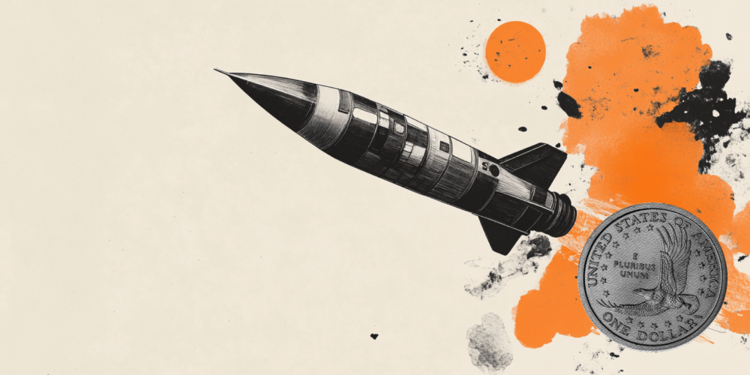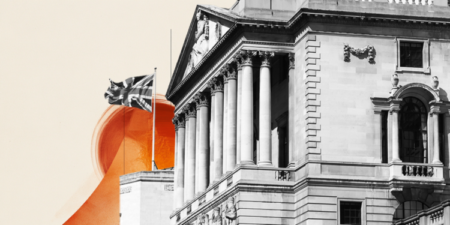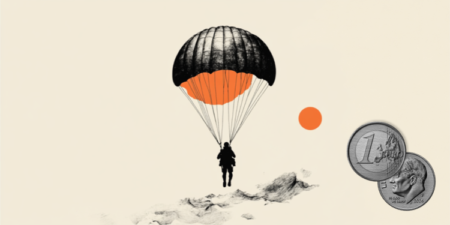- The Indian Rupee loses momentum in Tuesday’s early European session.
- Renewed USD demand could weigh on the INR, but routine RBI intervention and lower crude oil prices might cap its downside.
- Investors will take more cues from Trump’s policy announcements this week.
The Indian Rupee (INR) tumbles on Tuesday after reaching a one-week high in the previous session. The US Dollar (USD) might continue its upward trajectory due to demand from importers and a reversal of global financial flows toward the United States. Nonetheless, the Reserve Bank of India (RBI) could prevent the local currency from significantly depreciating through active interventions in the foreign exchange markets. Additionally, the decline in crude oil prices supports the INR as India is the world’s third-largest oil consumer.
Investors will closely watch the development surrounding policy announcements this week, which might offer fresh catalysts for the pair. On Friday, the preliminary reading of HSBC India’s Purchasing Managers Index (PMI) for January will be in the spotlight. On the US docket, the flash estimate of S&P PMI data will be released.
Indian Rupee remains weak amid multiple global cues
- Moody’s on Monday slashed India’s economic growth forecast to 7.0% for the fiscal year ending March 2025, down from 8.2% recorded in the previous fiscal year.
- The Indian Rupee is likely to make a strong comeback once the euphoria over Donald Trump’s assuming the US presidency settles, according to the State Bank of India (SBI) on Monday.
- “There will be the risk of a correction in the dollar should it look like Trump will be more selective on tariffs after all – but that should probably come at a later stage,” noted ING Bank.
- Foreign investors have sold a net total of about $6.5 billion of local stocks and bonds in January so far, the steepest monthly outflow since October 2023.
- Trump stated on Monday that he is thinking of imposing 25% tariffs on Canada and Mexico as soon as early February, per CNBC.
- Trump said on Monday that he would immediately declare a national energy emergency, promising to fill up strategic reserves and use the authority to rapidly approve new oil, gas, and electricity projects that would normally take years to get permits.
USD/INR maintains bullish trend in the longer term
The Indian Rupee trades on a stronger note on the day. The USD/INR pair keeps the bullish vibe on the daily timeframe as the price has formed higher highs and higher lows while holding above the key 100-day Exponential Moving Average (EMA). The upward momentum is supported by the 14-day Relative Strength Index (RSI), which stands above the midline near 65.40, suggesting that further upside looks favorable.
The key upside barrier for USD/INR emerges at an all-time high of 86.69. A sustained move above this level could see a rally to the 87.00 psychological level.
On the downside, the low of January 20 at 86.18 acts as an initial support level for the pair. Extended losses could expose 85.85, the low of January 10. Further south, the next contention level to watch is 85.65, the low of January 7.
RBI FAQs
The role of the Reserve Bank of India (RBI), in its own words, is “..to maintain price stability while keeping in mind the objective of growth.” This involves maintaining the inflation rate at a stable 4% level primarily using the tool of interest rates. The RBI also maintains the exchange rate at a level that will not cause excess volatility and problems for exporters and importers, since India’s economy is heavily reliant on foreign trade, especially Oil.
The RBI formally meets at six bi-monthly meetings a year to discuss its monetary policy and, if necessary, adjust interest rates. When inflation is too high (above its 4% target), the RBI will normally raise interest rates to deter borrowing and spending, which can support the Rupee (INR). If inflation falls too far below target, the RBI might cut rates to encourage more lending, which can be negative for INR.
Due to the importance of trade to the economy, the Reserve Bank of India (RBI) actively intervenes in FX markets to maintain the exchange rate within a limited range. It does this to ensure Indian importers and exporters are not exposed to unnecessary currency risk during periods of FX volatility. The RBI buys and sells Rupees in the spot market at key levels, and uses derivatives to hedge its positions.
India has run a trade deficit for most of its recent history, indicating its imports outweigh its exports. Since the majority of international trade takes place in US Dollars, there are times – due to seasonal demand or order glut – where the high volume of imports leads to significant US Dollar- demand. During these periods the Rupee can weaken as it is heavily sold to meet the demand for Dollars. When markets experience increased volatility, the demand for US Dollars can also shoot up with a similarly negative effect on the Rupee.
Read the full article here
















